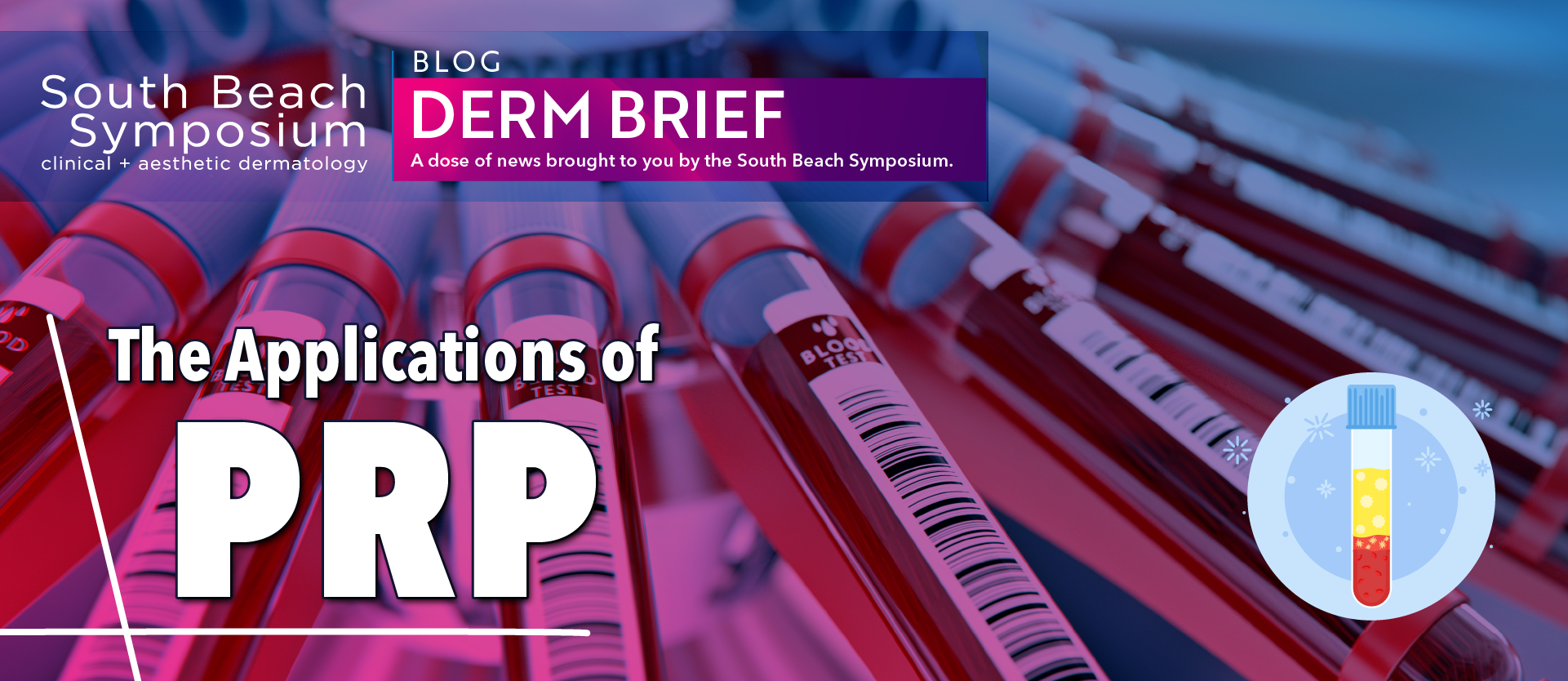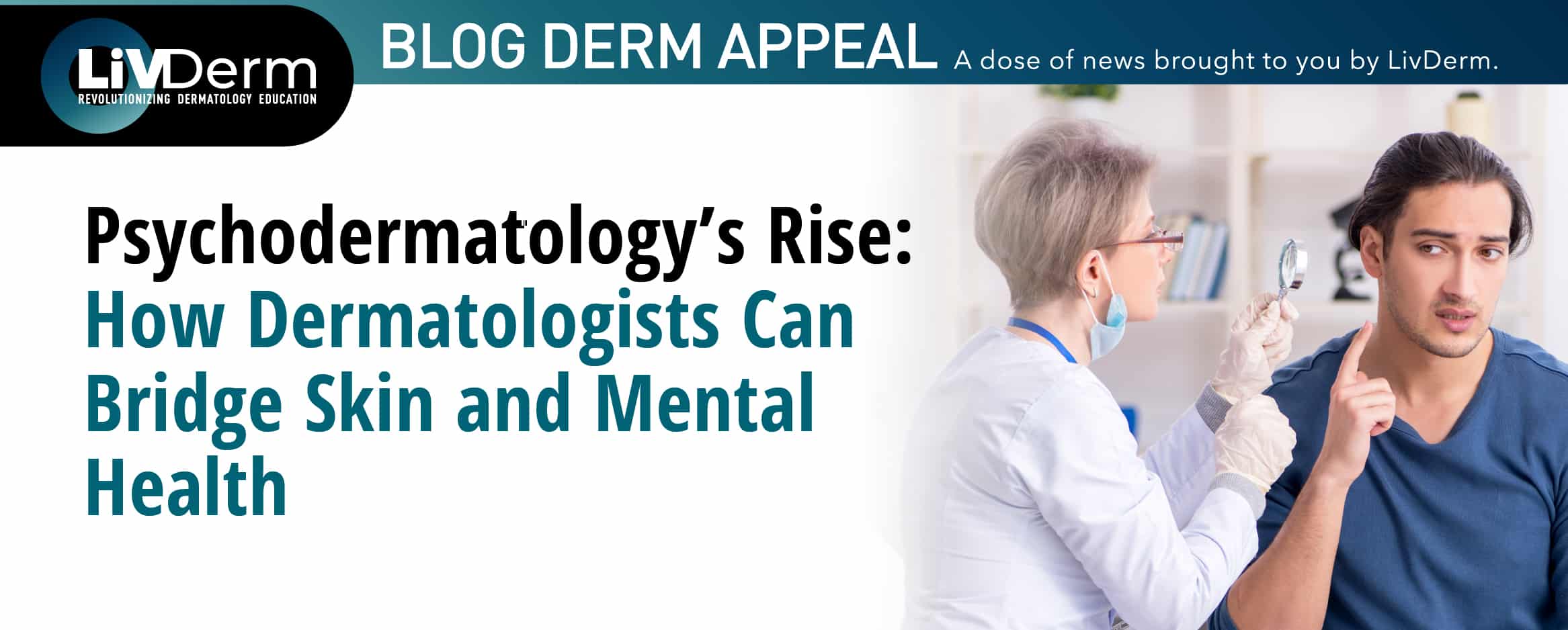Used as far back as the 1970s, platelet-rich plasma (PRP) has been applied as a transfusion product—with its uses expanding during the following years. Throughout the past four decades, PRP has been studied in an array of medical specialties: including urology, ophthalmology, cardiac surgery, gynecology, plastic surgery, and more. While many now term PRP as the “vampire facial,” the American Academy of Dermatology has outlined specific benefits, results, and potential drawbacks from the procedure.
PRP involves three steps, including having blood drawn from the arm, which is then placed into a specific machine—a medical centrifuge—that separates platelets from the rest of the blood, essentially dividing blood into different layers. The blood that contains a high concentration of platelets is subsequently re-injected, using a syringe or micronleeding. There are some patients and clinicians that have found that PRP can not only reduce wrinkles and “plump up sagging skin,” but also improve complexions and diminish acne scars. Notwithstanding the extensive benefits that stem from PRP, few studies have been conducted; the U.S. Food and Drug Administration does not require large-scale, comprehensive studies for new drugs. Because PRP uses a centrifuge and needles, it is classified as a medical device: thus, the rules are less restrictive.
Potential applications for PRP in dermatology not only include traditional medical conditions, but also aesthetics: melasma, acne scarring, and androgenetic alopecia (AA). A systematic review of 22 case reports and clinical studies for platelet-rich plasma noted positive results for all indications, yet recognized that the procedure was limited by the “lack of a standardized method for preparation and application.” For the management of AA, many clinicians have widely adopted PRP via injection: often in conjunction with hair transplantation or other modalities. Multiple clinical trials have demonstrated the beneficial effects of PRP on hair thickness, count, and density.
In an interview with MDedge, clinicians confirm that the strongest data for PRP are for AA, since most of the studies have been conducted surrounding alopecia. Yet other studies have investigated the utilization of intradermal PRP for facial rejuvenation, with positive results. “Once again, we see consistent efficacy with no side effects,” says interviewee Dierdre Hooper, MD: a dermatologist in private practice from New Orleans, who also uses injectable PRP for ‘crepey skin under the eyes’ as a supplementary add-on to other treatments. Other studies have indicated potential for injected PRP for striae.
REFERENCES
http://www.odermatol.com/odermatology/20152/24.Platelet-PuriN.pdf
















